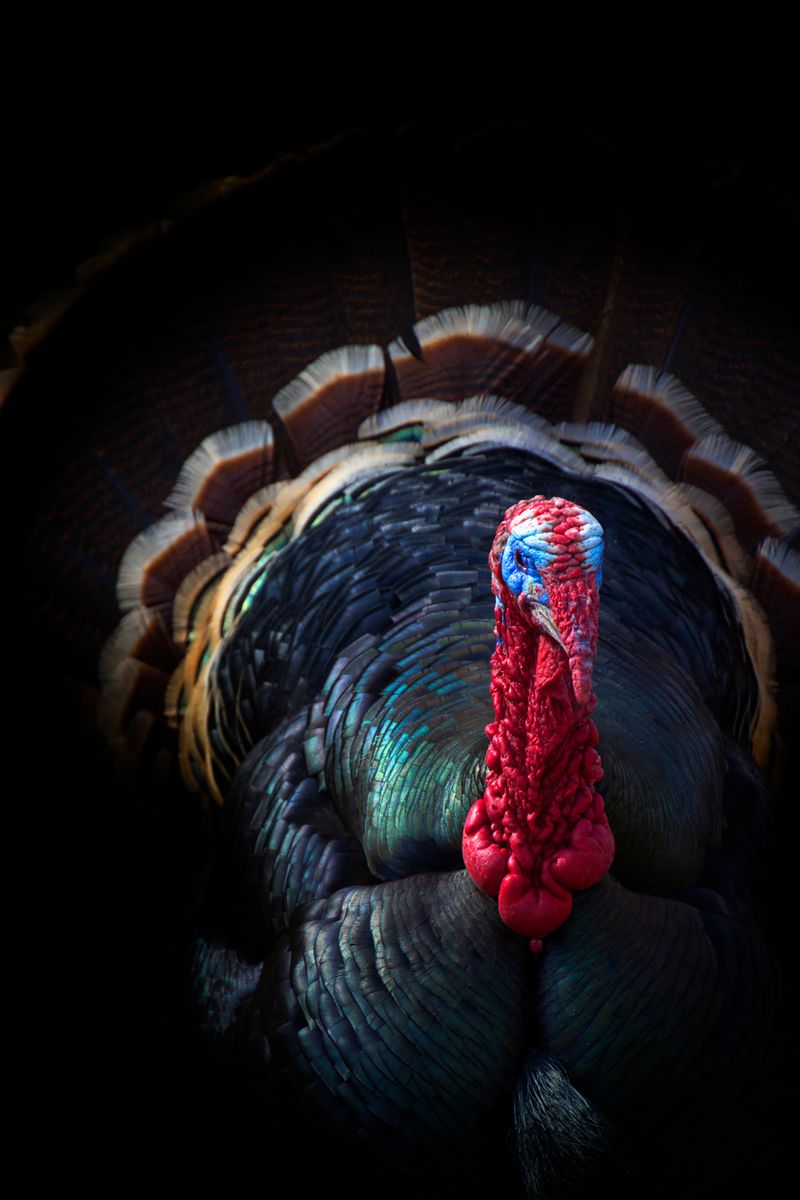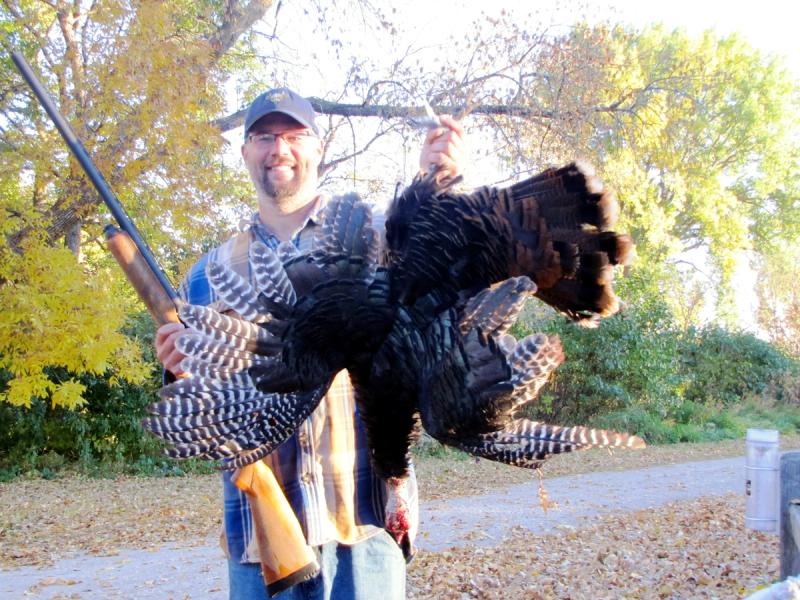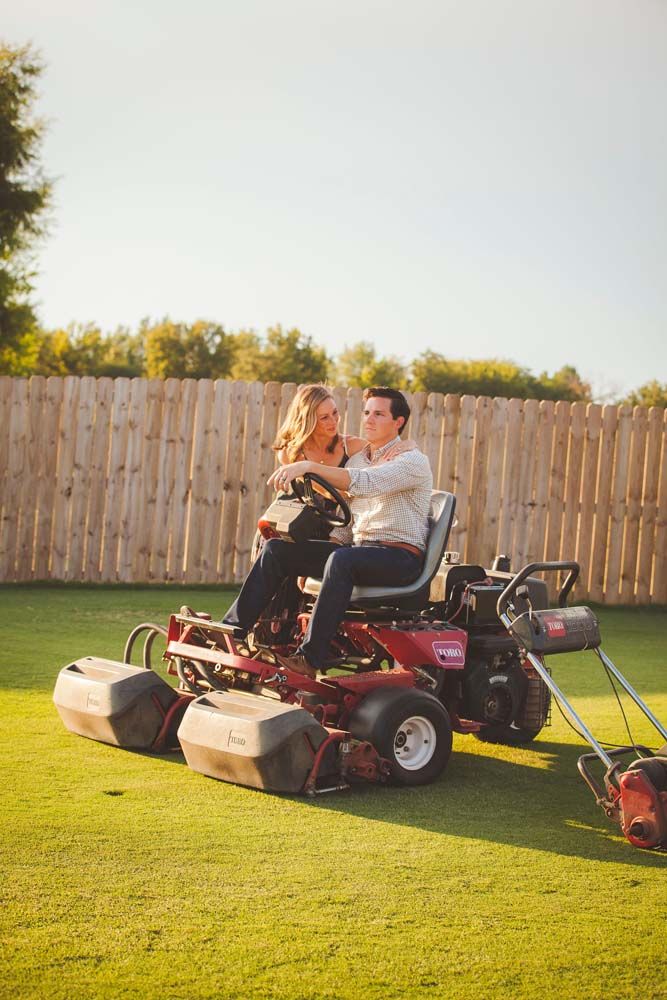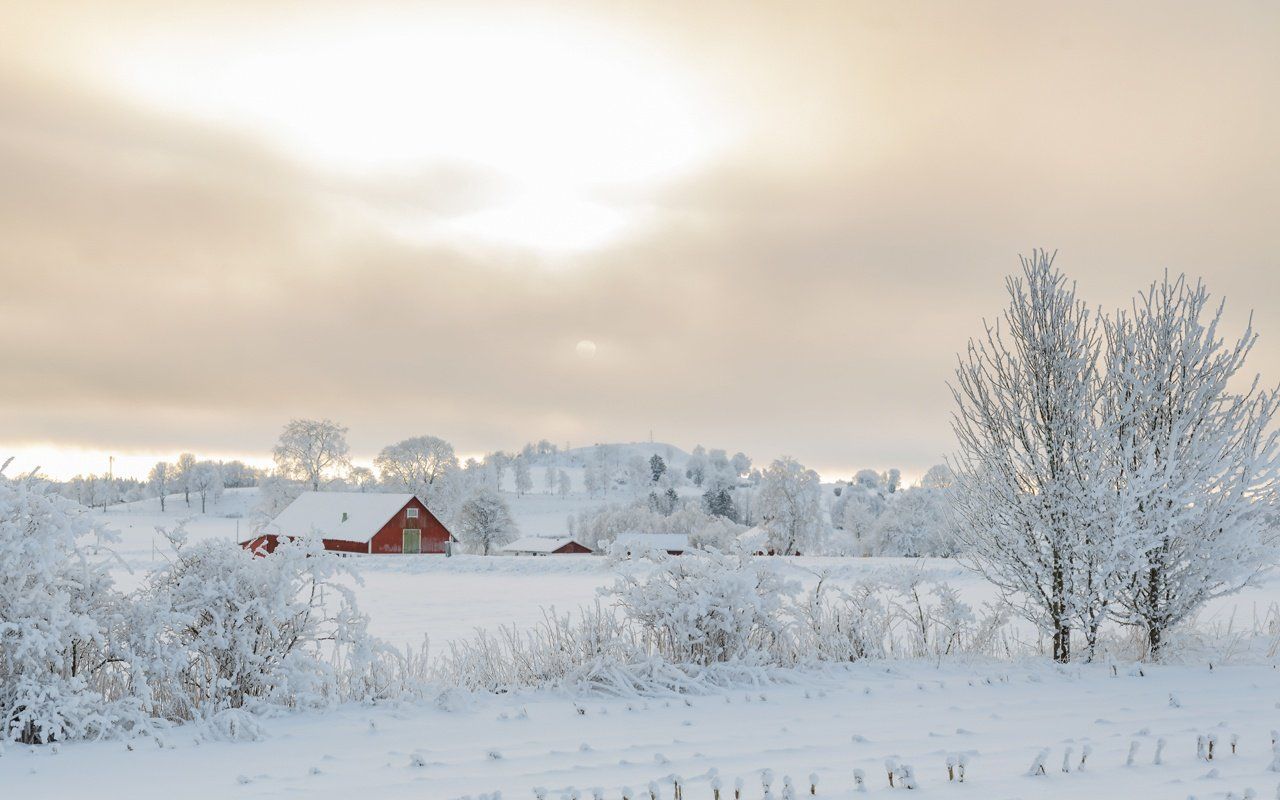Hunting For the Holidays


Collect your own Thanksgiving turkey
Thanksgiving is one of my family’s favorite holidays. Our hard work from the previous season has paid off, and the table groans beneath home-grown green beans, highbush cranberry sauce, garden potatoes, and winter squash. The centerpiece, of course, is a turkey. Not unlike the first Thanksgiving, ours is a wild turkey.
At the turn of the last century, there were only an estimated 200,000 turkeys left. By protecting the birds and trapping and transplanting into existing and new ranges, there are now over 6.5 million of the big birds. In other words, they are out there for hunters to take.
First, check your license
Spring seasons are the most popular among hunters. Calling in an amorous tom is an exciting way to spend an April or May morning. Hens are nesting during the spring and are protected from hunters, so only bearded toms may be harvested.
Many states, however, also offer a fall season. Fall turkey hunting is quite different, offering a unique experience and the chance to collect a bird for Thanksgiving.
Each state is different on how they allocate hunting licenses, and it’s the hunter’s responsibility to understand the rules and regulations. In my home state of North Dakota, fall permits are given out via lottery system.
Other states allow over-the-counter permits, where the hunter simply purchases a license from the state game department’s website or a license vendor.

Guns and ammo
A few Western states allow rifles for fall turkey hunting; however, turkey hunting is truly a shotgun game. I’ve harvested turkeys with 20-gauge, 16-gauge, and 12-gauge shotguns, each having their own appeal.
The 20-gauge shotgun is perfect for youth and small-framed hunters; it’s a lighter gun with less recoil. Loaded with 3-inch long shotshells and number 4 or 6 sized shot, the 20-gauge is an efficient gun out to around 30 yards.
The 16-gauge shotgun has a cult following today, but during the middle part of the last century, it was a popular gun, especially for upland game birds. If you have grandpa’s old 16 gauge on the wall, there is no reason it cannot be used to collect a turkey. Bored only in 2 ¾” chamber size, with number 4 or 6 shot used at appropriate ranges of less than 30 yards, the 16 gauge is a wonderful, nostalgic round.

By far the most popular shotgun is the 12 gauge.
Many guns allow the choice of 3 chamber sizes, 2 ¾”, 3”, and 3 ½”, with most hunters best off using 3” shotshells, loaded in 4 or 6 shot, and keeping the range under 35 yards. Turkey hunting is a close-range sport and shooting widely at longer ranges results in misses or, worse, a wounded bird.
Regardless of which shotgun is used, there is only one aiming point on a turkey. The head and neck area presents a vital target that will dispatch a bird instantly. Even though the feathered covered body may appear to be an inviting target, those same feathers can deflect shot like armor, resulting in a lost bird.
Hunting Fall birds
Unlike Spring hunting, either sex is legal in the fall. (However, some states are experiencing a downward trend in turkey numbers, so check first.)
Scouting for flocks in the summer and early fall will determine the number of birds in the area. Trail cameras scattered around turkey feeding areas and on-the-ground hiking is a good way to find birds.
If there was a good hatch and numbers are good, a hen can be harvested without affecting the overall flock.
Nearly everyone has heard the lusty gobbling of a spring tom turkey. Male turkeys gobble to locate receptive hens, and it is rare to hear a tom gobble during autumn. With the excitement of breeding season long gone, the big bronze birds spend the autumn foraging for food.
What worked great to bag a spring tom will be a waste of time in the fall.
Before calling, locating a flock is vital. I’ve spent hours blind calling in good turkey habitat without a response. Binoculars are a good tool to find distant birds without spooking them, allowing a closer approach before calling. Don’t overdo the calling—a few clucks and yelps on a simple box call is all that’s required.
Following snowbirds

Some fall seasons run into early winter, and turkeys act differently once snow is on the ground. Livestock feeding areas, harvested crop fields, and wooded farmsteads provide cover and food during bitterly cold days.
This makes “snowbirds” difficult to hunt. Once, though, it took only 20 minutes of hiding for me to bag a mature hen with an easy shot—good thing, too as the mercury was sitting at -10º F.!
Turkey on the table
A wild, lean turkey is nothing like a farm-raised bird, and it must be cooked differently.
When cooked in an over, wild turkey legs’ tendons and ligaments make them inedible. We place the legs and thighs into an Instant Pot or pressure cooker, add some water, salt, pepper, bouillon, and cook for 45 minutes. Once pressure cooked, the tender meat falls off the bones and tastes better than any domestic turkey drumstick we’ve ever purchased.
The breast, with the skin removed, is marinated and smoked, with marinade essential for keeping the meat moist. As another option, the breast meat can be sliced thinly, breaded ,then fried. Our kids love General Tso’s turkey which is cubed up, fried, and mixed into a tangy delicious Chinese style sauce served over basmati rice.
Rest assured, there are no leftovers!
Hunting on the homestead
A few years ago, we had a number of birds hanging around our small homestead. Luckily, on opening morning they decided to take a mid-morning stroll through the riparian forest. Realizing that I couldn’t blunder into the flock without spooking them, I slipped into a lilac hedge and started calling.
Even though the birds are less vocal in the fall, at close range a hunter can hear a variety of clucks, purrs, and yelps in a moving flock. I let out a few soft yelps on my box call, hoping to mimic a bird lost from the flock.
Instantly I heard the birds yelping, having changed directions to come my way. Trying to stay hidden, I slowly leaned out of the brush and looked headlong into the eyes of the lead hen. She caught the movement but wasn’t entirely sure what she had seen. When she looked back to maintain contact with the rest of the flock, I lifted my shotgun and made the 25-yard shot.

Check out these 7 tips for cooking a wild bird
Tags:Features

Acreage Life is part of the Catalyst Communications Network publication family.













